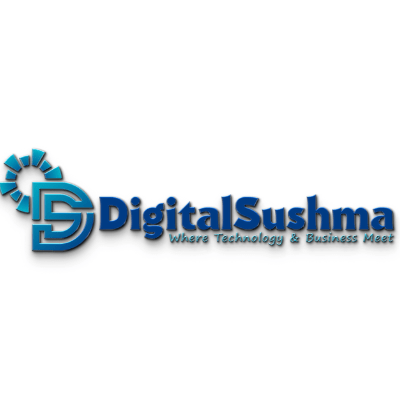Laser cleaning is a highly effective method used in various industries to remove contaminants, oxides, coatings, and unwanted layers from different surfaces. It’s particularly valuable in the treatment of metals and industrial surfaces due to its precision and efficiency.
Here’s an overview of laser cleaning in this context:
How Laser Cleaning Works:
- Laser Source: High-intensity laser beams are focused on the surface to be treated.
- Interaction with Surface: When the laser beam hits the surface, it creates a reaction based on the material being treated. The contaminants absorb the laser energy, causing them to heat up and either vaporize or turn into plasma, which is then expelled or ablated.
- Selective Absorption: The laser’s wavelength and intensity can be fine-tuned to match the material being removed without damaging the substrate. For instance, oxides might absorb a different wavelength than the base metal, allowing for selective cleaning.
- Environmentally Friendly: Laser cleaning is often considered eco-friendly as it doesn’t involve the use of chemicals or generate waste beyond the removed material, making it a cleaner alternative compared to some traditional methods.
Benefits:
- Precision: Laser cleaning allows for precise control, targeting specific areas without affecting the surrounding material.
- Non-contact Process: It doesn’t involve physical abrasion, reducing the risk of damage to the surface being cleaned.
- Versatility: It can be used on various surfaces, such as metals, plastics, stone, ceramics, and more.
- Efficiency: It’s a relatively fast process compared to some conventional methods, leading to increased productivity.
Applications:
- Rust and Paint Removal: Commonly used in industries like automotive, shipbuilding, and infrastructure maintenance to remove rust, paint, and coatings from metal surfaces.
- Surface Preparation: Preparing surfaces before welding, bonding, or coating processes to ensure better adhesion and quality.
- Restoration and Conservation: Used in art restoration to delicately clean and preserve historical artifacts, monuments, and artwork.
- Aerospace and Electronics: Cleaning delicate parts and components without causing damage.
Considerations:
- Safety: Operators should take precautions to protect their eyes and skin from the intense light and wear appropriate protective gear.
- Equipment Costs: Initial setup costs for laser cleaning equipment can be relatively high.
- Material Compatibility: The effectiveness of laser cleaning can vary based on the material and the type of contaminants.
Laser cleaning offers a high-precision, environmentally friendly solution for removing unwanted materials from various surfaces, making it an increasingly popular choice in many industrial sectors.
How safe is the light source of the laser?
The safety of a laser light source depends on various factors, including the wavelength, power, duration of exposure, and the specific safety measures implemented.
Safety Measures:
- Wavelength: Different wavelengths of light can have varying effects on materials and human tissues. Some wavelengths are more harmful to the eyes or skin than others.
- Power and Intensity: Higher-power lasers can cause more damage if proper safety precautions are not taken. The exposure duration also matters. Brief exposure to low-power lasers might not cause harm, but prolonged exposure or exposure to high-power lasers can result in injuries.
- Safety Goggles and Protective Gear: Using appropriate protective eyewear designed to block the specific wavelengths emitted by the laser is crucial for those operating or working in the vicinity of lasers.
- Enclosures and Interlocks: Laser systems are often equipped with enclosures and interlocks to prevent accidental exposure. This ensures that the laser only operates when all safety measures are in place.
Laser Safety Standards:
There are international safety standards and regulations, such as those provided by the International Electrotechnical Commission (IEC) and the American National Standards Institute (ANSI), that define safety requirements and classifications for lasers. These standards categorize lasers based on their potential to cause harm, and safety protocols are established accordingly.
Safety Training and Procedures:
Proper training and adherence to safety protocols are crucial for anyone operating or working near laser systems. Understanding the risks, knowing how to handle the equipment, and following safety procedures are essential for preventing accidents and injuries.
Laser Classification:
Laser devices are categorized into different classes based on their potential hazards. The classes range from Class 1 (considered safe under normal use) to Class 4 (can cause severe harm). Each class has specific safety requirements and precautions associated with it.
In summary, while lasers can be safe when used correctly, they can also pose risks if mishandled. Proper safety measures, including understanding the type of laser being used, implementing safety protocols, using protective gear, and adhering to safety standards, are crucial for ensuring the safe use of laser light sources in industrial applications.
Read More:






